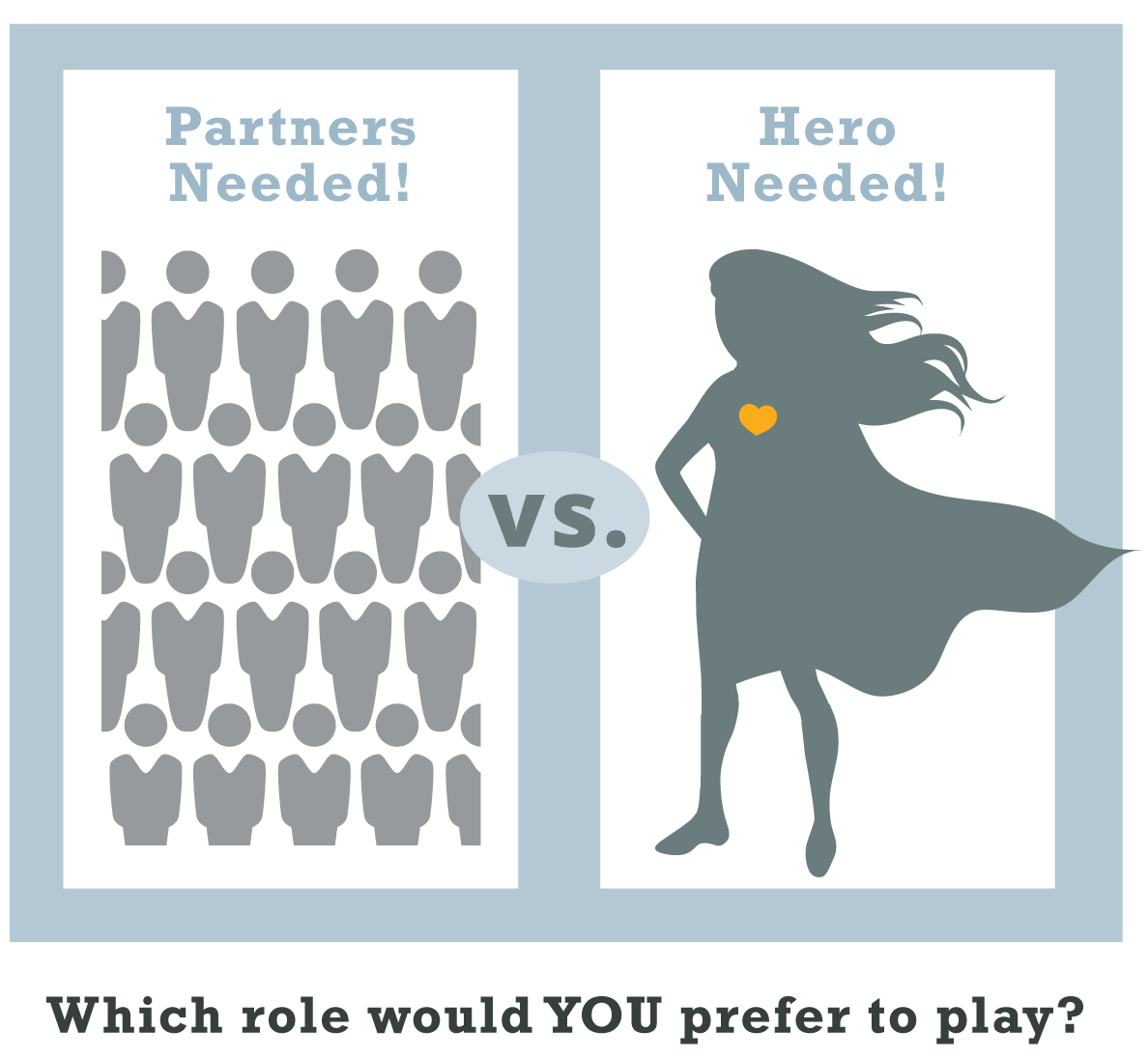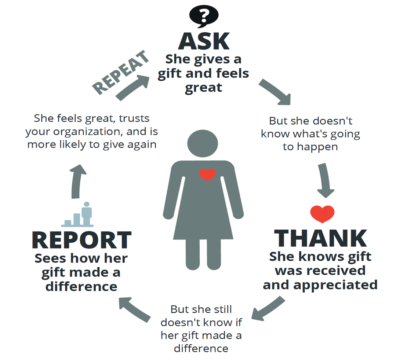So at the Nonprofit Storytelling Conference earlier this month in San Diego, I did an after-hours bonus session. A couple hundred people trusted me with two hours of their evening.
Note: get a deeply-discounted ticket to next year’s conference here.
The focus of my session was creating year-end fundraising that causes your donors to give gifts instead of deleting or recycling your materials. This post summarizes that special session. And provides you with a link to the actual presentation that night. And provides you with a secret squirrel discount code . . .
This is a long post. It’s more of a novella. Maybe a mini-festo. So grab a favorite beverage. And if you’ve read our free eBook on Storytelling for ACTION, much of this will sound familiar. But keep reading to see how to apply it to your year-end letters and emails.
To start, three ideas for you . . .
Your donor should have a role — and see herself — in every single story you tell.
This basically means that in your donor communications, you want to focus on your donor’s part of the story, not your organization’s part.
Here’s a real-life example: “Will you help us continue this important work with families?” Pay attention to how that phrasing positions the organization as the “hero.” The donor is given the role of “helper” or “partner.”
Here’s how we improved that phrase for the organization’s next appeal: “You can give moms like Julianne their own apartment, and counselors to help them recover.” That phrasing positions the donor as the hero and doesn’t even mention the organization.
That’s two different sentences about the very same organization. The appeal with the second sentence raised 8-times as much money. There’s more to it than one sentence, of course. But hopefully the example makes the point; focus on your donor’s role, not your organization’s.
What story you tell, and when you tell it, matters a LOT
When you are Asking for support — in appeal letters, e-appeals, fundraising events — you want to tell what we call a “story of Need.” This is a story where someone needs help now, today. Put another way, there is a problem that needs to be solved, today.
Most organizations only tell what we call “stories of Triumph.” These are stories where the person has already been helped, the problem has already been solved.
When you tell stories of Triumph, the only role left for your donor to play is “supporter” or “helper” or “partner.” It shocks most nonprofits to hear this, but that’s not the most attractive role you can offer your donors. And it doesn’t work as well as the following approach . . .
You want to tell a story of Need and then ask your donor if she will meet the need today. That story puts your donor in the role of Hero. Look at it this way:

Take off your organization hat and put on your donor hat. You’d rather be the Hero, right? So give your donors chances to be heroes – especially at year-end!
Pro tip: save your stories of Triumph for your newsletters, when you are Reporting back to your donors on what their gift accomplished.
You have a Big Story you need to constantly tell your donor
Your Big Story is really simple:
- Your donor is needed
- Her gift makes a real difference
You want to constantly say that to her and show that to her.
I can’t overemphasize enough how important this is. Most organizations spend their time telling their donors how good the organization is at it’s job. But for my whole career, again and again, I’ve seen that telling and showing your donors that their gifts are needed, and telling and showing them that their gifts make a difference, is the surest path to raising more money and keeping your donors for longer.
Your Year-End Fundraising Communications
So what does all this mean for your year-end communications? Take a look at my presentation from the Storytelling Conference, focusing on the last 10 slides, for the details.
Here’s the summary:
- Write to your donor about what her gift will do, not about what your organization is doing. If you’re an Arts organization, tell her that “your gift will preserve and promote the arts in your community in 2018,” instead of saying “Please support our programs to preserve and promote the arts in our community in 2018.”
- Tell her a story of Need. Don’t tell her how well things have gone in 2017, tell her how much her help is needed to achieve the outcomes you want in 2018. If you help homeless women and children, tell her that “your gift will provide safe housing for a mother and child –and keep them out of the cold–this January”, instead of “Thanks to you, we served 318 mothers and children in 2017.”
- Flat out tell her that her gift is needed and that she will have an impact! Phrase it any way you want. But say it loudly, clearly, and in multiple places.
- Final thought: focus on the deadline. Deadlines are magic for causing action in fundraising. If your year-end fundraising materials don’t mention the December 31st deadline early and often, you’re doing it wrong!
Now, to reward you for the half hour it took you to read this manifesto, I have a gift for you . . .
In my presentation, on slide forty-seven, there is a coupon code that will save you 25% on our year-end fundraising products
If you haven’t sent your year-end letter or Follow-up letter yet, save on the Successful Year-End Letter Samples.
If you’re already focusing on your online fundraising, save on the Year-End Digital Fundraising Toolkit.
With the coupon you’ll save 25% on your whole purchase, save a ton of time, and raise way more money than you did last year.
OK, now it’s up to you. It’s the most important month of the year for fundraising. Remember that your donors love to give, and go give them lots of chances to do so!




